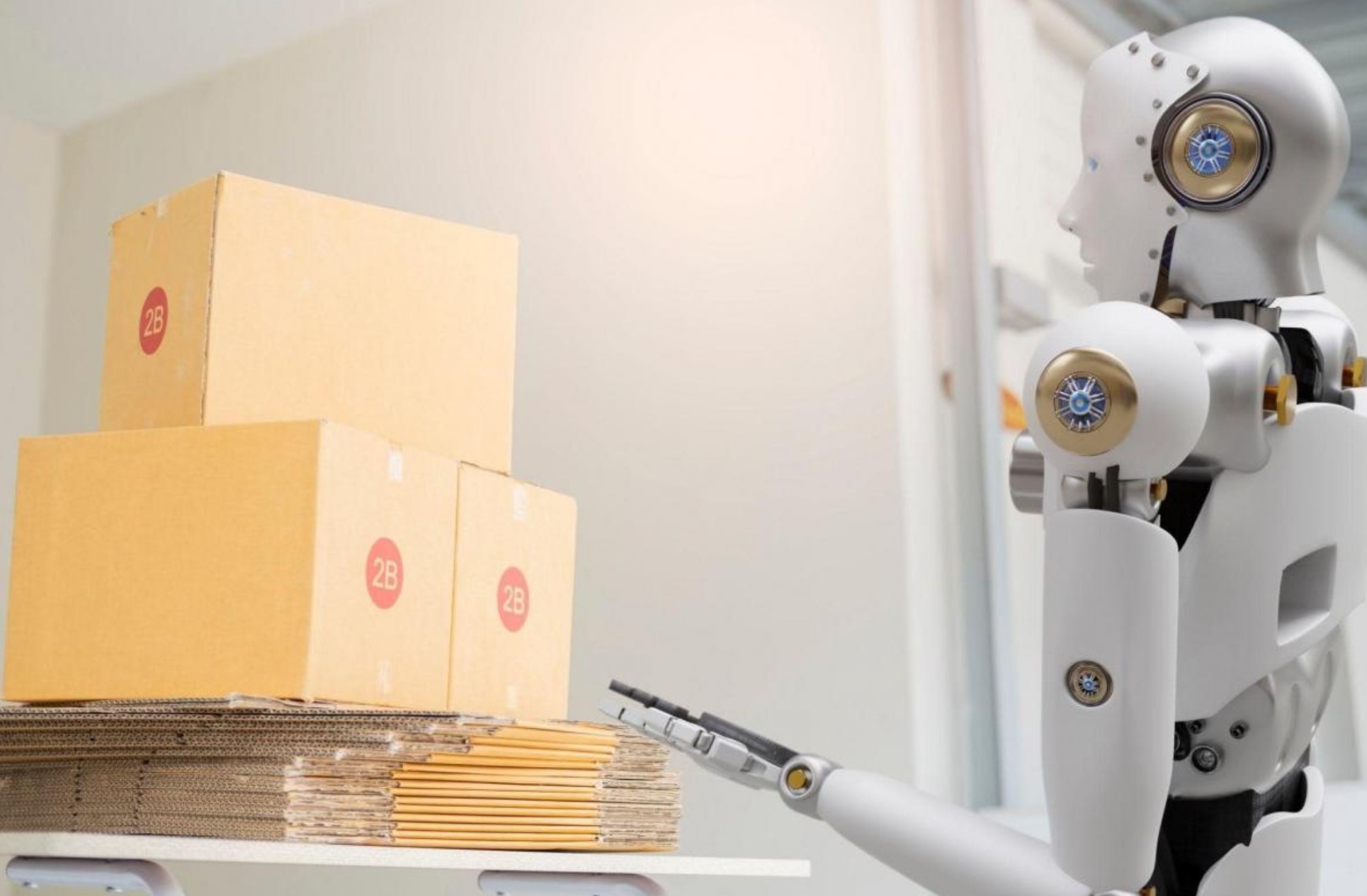———————————————
The world of e-commerce is changing rapidly. Just a few years ago, online shopping was a convenience, but now it has become a habit, a standard, and an expectation. At the heart of this transformation lies logistics. It is logistics that ensures speed, comfort, and trust in e-commerce. But what awaits us by 2030? Which technologies, solutions, and approaches will shape the face of logistics in the coming decade? Let’s try to analyze these questions together with the experts at Dragon Logistics.
Warehouse automation – the new norm
By 2030, manual labor in warehouses will take a back seat. It will be replaced by full or partial automation. Robots, autonomous conveyors, AI-based sorting systems — all of these are already being implemented by major players like Amazon and Alibaba. In the coming years, even medium-sized warehouses will begin actively using robotic solutions to reduce the human factor, speed up order processing, and minimize errors.
Automation makes it possible to perform hundreds of operations per second, predict bottlenecks, optimize picking routes, and even suggest the best shelf location for each product.
Green solutions and sustainable logistics
By 2030, sustainable logistics will no longer be just a trend — it will be a requirement. Shoppers are increasingly paying attention to the environmental impact of brands. Businesses are responding by:
- switching to electric trucks;
- using recyclable packaging;
- optimizing routes to reduce CO₂ emissions;
- creating eco-friendly warehouses with minimal energy consumption.
Logistics that doesn’t harm the planet is no longer PR — it’s a tool for customer retention and building long-term reputation.
Personalized logistics solutions
By 2030, logistics will become much more personalized. From the moment a customer selects a product to the moment they receive it, they will expect an individual approach: choosing a convenient delivery time, real-time notifications, the ability to redirect a parcel, or change the delivery address.
Modern logistics systems integrate with CRM platforms, take into account order history, preferences, even weather conditions or road congestion, to create the best delivery scenario for each individual customer.
Artificial intelligence and analytics
AI is no longer science fiction. Today, it analyzes orders, optimizes warehouse inventory, forecasts demand, and proposes the most cost-effective logistics routes.
By 2030, artificial intelligence will become a key player in logistics decision-making. Companies that can integrate AI into their operational processes will gain an advantage in accuracy, speed, and scalability.
Omnichannel – one logistics for all platforms
E-commerce is becoming increasingly omnichannel. A customer might see a product on Facebook, add it to their cart via a mobile app, and complete the purchase from a laptop. But delivery must remain unified.
By 2030, companies will implement unified logistics systems that connect sales from different channels, maintain a single inventory record, and synchronize deliveries. This flexibility allows quick responses to market needs and helps avoid unnecessary costs.
Market leaders are already starting the transformation, implementing ERP and WMS systems for supply chain management, choosing logistics partners with an AI focus, such as Dragon Logistics, and training teams in new technologies. Logistics in the e-commerce world will undergo a fundamental transformation by 2030. It will be an era of speed, automation, flexibility, and conscious approaches. Every logistics decision made today is a step toward winning in the e-commerce market of the future.
